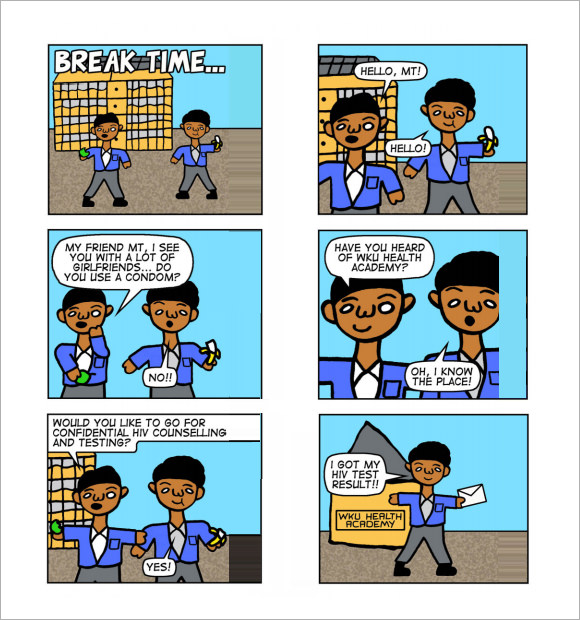
Wonderfully crafted stories can also insert a bit of light-hearted humor into our otherwise straight forward and mundane corporate life. Used to great effect, it can educate, excite or even impart wisdom onto younger generations.
Once the event has been summarised solutions to the problem raised during the process can be explored and an ‘action plan’ for similar situations in the future is developed.įor complex situations, or for people who have difficulty sequencing events, comic strip boxes may be used, or drawings can be numbered in the sequence in which they occur.Story telling is an integral part of human society. Before finishing a Comic Strip Conversation™, it is important to summarise the event or situation discussed using the drawings as a guide. What did others think when you said/did that?. Following this, the adult/carer/teacher asks a range of questions about the situation or challenging interaction, which the child/ young person answers by speaking and drawing their response:. First start with small talk (for example, talking about their hobby) to get him/ her used to drawing whilst talking and to mimic ordinary social interactions. pencils, notebook) to enhance their involvement and ownership of the process. Parents/ carers should encourage the child/ young person to select the materials that they would like to use (e.g. It is important that the child/ young person takes the lead role during this process with parents, carers or teachers offering support. Comic Strip Conversations Symbols Dictionary Once your child is familiar with the basic symbols and how the comic strip works you can support them in understanding and expressing ideas in a social situation that may be difficult for him/her. If your child is unable to do both these things this approach is not suitable.īefore applying this approach to social situations it is important to pre-teach the technique so that your child becomes familiar with the different symbols and colours. Can your child understand and discriminate between symbols. Reflect on the situation in a non-threatening manner (“drawing the story” of what happened rather than being asked lots of questions)īefore you attempt to use Comic Strip Conversations with your child it is important to consider:. Help a young person communicate their feelings and perception of a situation. Engage in problem solving/conflict resolution where a social situation has been unsuccessful. Plan for a situation in the future that may be causing anxiety or concern e.g. 
Work through difficult situations and to identify possible solutions.Identify what people say and do as well as emphasising what people may be thinking.When would you use a comic strip conversation™?Ī Comic Strip Conversation™ could be used to help a child or young person to: recognising others emotions) more ‘concrete and easier to process. They also use colours to represent the emotional content of a statement, message or thought.īy presenting the different elements of a conversation visually, it helps to make some of the more abstract aspects of social communication (e.g. stick figures, symbols) to visually represent a conversation between two or more people who may be reporting the past, describing the present or planning for the future.


A comic strip conversation uses simple drawings (e.g.







 0 kommentar(er)
0 kommentar(er)
